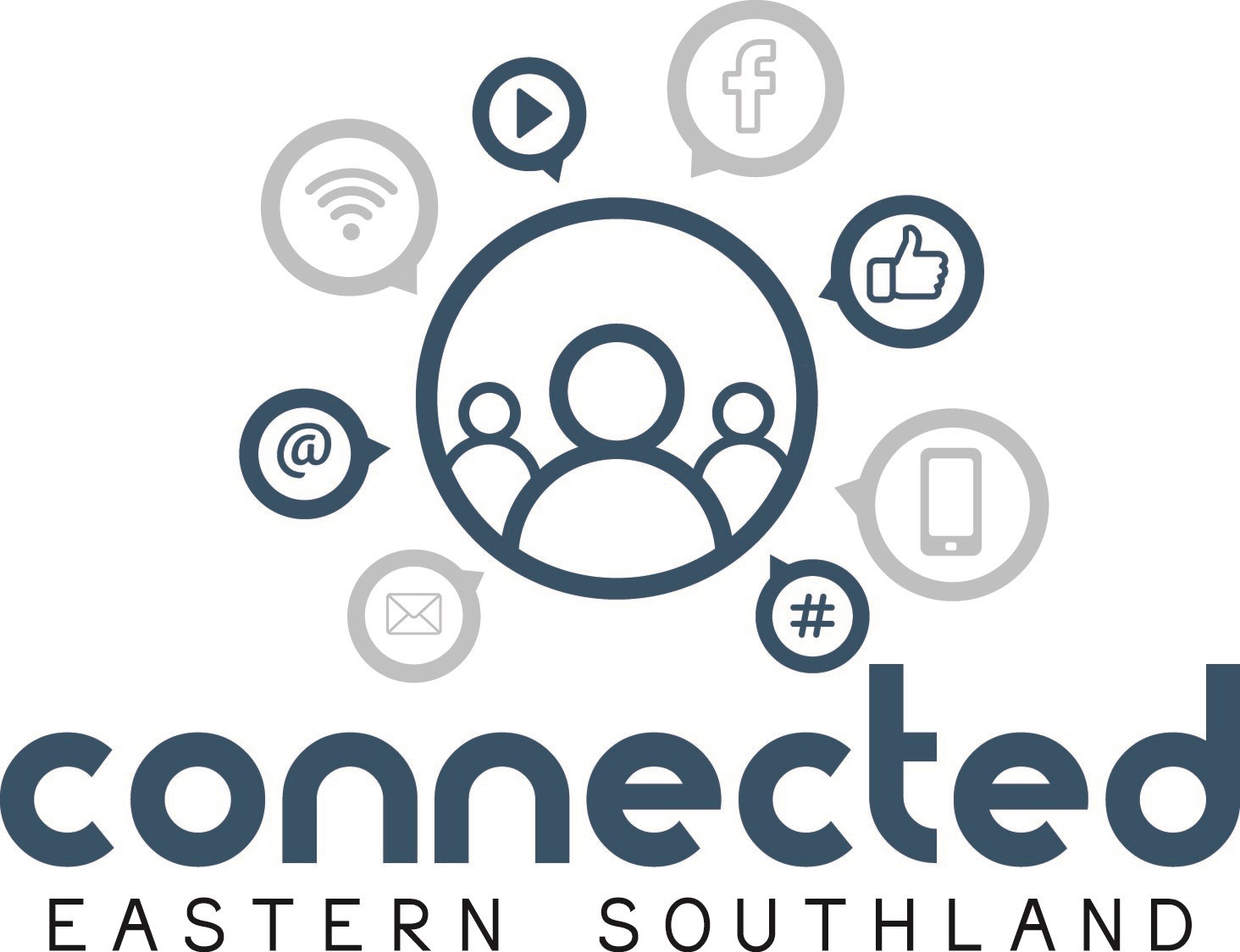
It is a form of low-tech augmentative and alternative communication (AAC), an evidence-based approach widely used in early intervention to support children with complex communication needs. AAC has been shown to significantly improve communication outcomes and foster inclusion.
Locally, they are being used with great success to support tamariki and whānau in their communication journeys.
There is now an opportunity for our wider community to embrace these tools — spreading the kaupapa.
So why highlight core boards now? I recently had the privilege of meeting with passionate early intervention teachers who are actively working with Eastern Southland stakeholders, agencies and organisations to explore how core boards can be integrated more broadly into community settings.
Nationally, core boards are gaining momentum and being introduced in libraries, community centres and public spaces. Their presence not only supports communication but also sends a powerful message: our communities are committed to accessibility, inclusion, and equity.
These boards are not just removing barriers — they are building bridges across age, ability and language.
A standard core board typically contains 77 cells featuring symbols or words that represent the "core vocabulary" — the most frequently used kupu in everyday communication.
These symbols are often colour-coded to reflect parts of speech: sentence starters to the left, verbs in the centre and adjectives on the right, supporting literacy.
Boards can be created in any language; in Aotearoa, they are often produced in both Te Reo Māori and English, with layouts adapted to suit the sentence structure of each language.
Additionally, core boards often include "fringe vocabulary"— removable strips at the top of the board that contain words grouped by theme, such as food, places, or people.
You can expect to see core boards appearing soon in the places and spaces you and your whānau know and love!
By Kelly Young, Heartland Services co-ordinator












